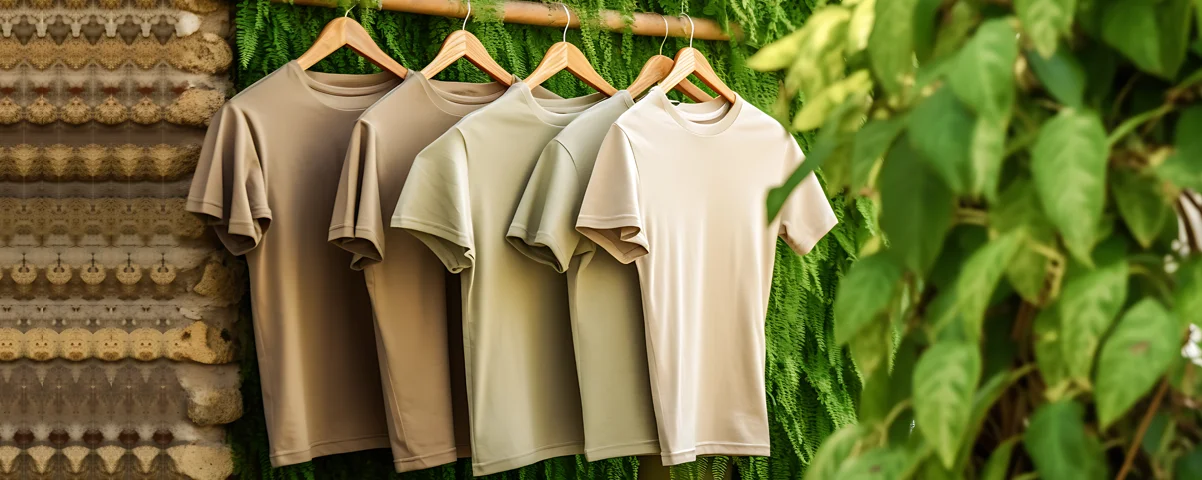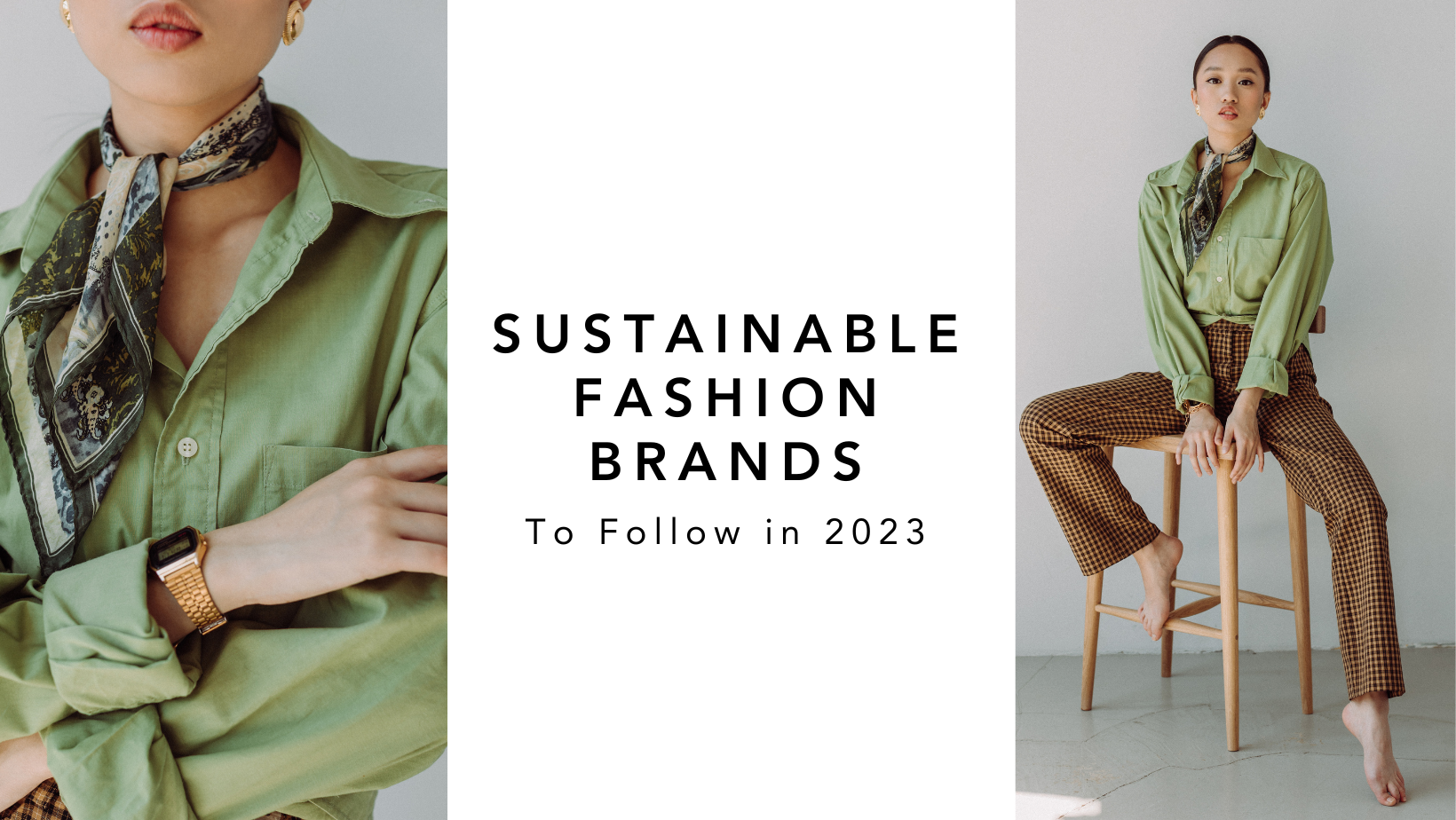Sustaining Regional Cape Town Sustainable Fashion for a Greener Future
Sustaining Regional Cape Town Sustainable Fashion for a Greener Future
Blog Article
Keep Ahead of the Contour by Discovering Cutting-edge Style Fads
In an industry as vibrant as style, staying in advance includes more than simply adhering to present trends-- it demands an expedition of advancement. The convergence of technology and style declares a brand-new period of consumer interaction.

Embracing Smart Textiles
In recent times, the fashion business has seen a transformative change with the integration of wise fabrics, an innovative innovation that blends technology with material. This advancement stands for not only a fusion of appearances and functionality yet also a substantial leap in the direction of sustainability and personalization in vogue. Smart fabrics, also called e-textiles, installed advanced electronics such as sensing units and conductive strings within the fabric, enabling garments to engage with the user or the environment.
These textiles are developed to check physical specifications, such as heart price or body temperature level, offering real-time wellness analytics. Past health and wellness applications, wise fabrics are additionally being utilized for adaptive clothes, which can transform color or pattern in action to ecological stimuli, thus supplying a vibrant style experience.
In addition, the growth of energy-harvesting fabrics that produce power from movement or sunlight is leading the method for self-sufficient wearable technology. This innovation is appealing to environmentally aware consumers and designers aiming to lower the eco-friendly footprint of fashion. As r & d in this area advance, smart fabrics are anticipated to come to be increasingly widespread, improving the landscape of modern fashion with their multifunctional capabilities.
The Increase of 3D Printing
Revolutionizing the production landscape, 3D printing has become a game-changer in the garment industry. This innovative technology has actually made it possible for developers to press the boundaries of imagination, creating complex and personalized garments that were formerly unimaginable. By leveraging electronic style and additive production, 3D printing helps with the creation of complex geometries and patterns, enabling developers to try out new structures and structures.
A noteworthy benefit of 3D printing in vogue is its ability to generate on-demand, lessening waste and decreasing inventory requirements. This performance not just maximizes production procedures yet additionally permits rapid prototyping, enabling developers to bring their visions to life in a shorter duration. In addition, 3D printing supports customization to a degree unparalleled by traditional methods, offering tailored fits and distinct layouts tailored to private customer choices.
The surge of 3D printing has actually also democratized fashion, making it accessible to arising designers that can now make top quality pieces without considerable financial investment in typical manufacturing facilities. As modern technology remains to advancement, the apparel industry is poised to harness the complete potential of 3D printing, discovering new materials and techniques that will undoubtedly redefine exactly how fashion is conceived and produced.
Sustainable Fashion Technologies
As the fashion business comes to grips with journalism need for environmental duty, lasting fashion technologies have arised at the leading edge of transformative modification. The growing recognition of environmental impact has sustained a shift in the direction of even more eco-conscious methods and products. Brand names and developers are now focusing on sustainability, integrating methods that decrease waste and minimize carbon footprints.
One substantial advancement is the rise of circular fashion, which emphasizes recycling and upcycling to prolong the lifecycle of garments. This method not just decreases waste yet likewise encourages customers to adopt an extra mindful strategy to clothes intake. Furthermore, using sustainable products, such as organic cotton, hemp, and recycled polyester, has actually acquired grip. These materials need much less water and power during manufacturing, substantially lessening ecological impact.
One more innovation hinges on the adoption of cutting-edge dyeing techniques that utilize waterless procedures or natural dyes, thus minimizing click here for more the substantial amounts of water and chemicals generally made use of in fabric dyeing. Furthermore, improvements in biotechnology have actually brought about the creation of lab-grown leather and fabrics, providing cruelty-free and eco-friendly alternatives to conventional materials. With these pioneering efforts, the garment industry is making purposeful strides in the direction of an extra lasting future.

Tech-Integrated Apparel
Tech-integrated garments stands for a cutting-edge blend of fashion and technology, improving exactly how individuals connect with their garments. This innovative domain name is noted by the inclusion of clever textiles and ingrained electronic components, boosting both performance and aesthetic charm. From physical fitness trackers embedded in sports apparel to heated coats managed through smart device applications, tech-integrated garments provides consumers extraordinary benefit and versatility.
Pioneering brands are driving this trend, concentrating on producing garments that respond to ecological stimulations or individual commands. As an example, some garments can alter color or pattern in reaction to temperature changes, while others include biometric sensors to keep an eye on health and wellness metrics like heart rate or tension levels. The smooth assimilation of innovation into textiles additionally reaches environmental sustainability, with efforts to create official site self-cleaning textiles or garments that adapt to weather, thus decreasing the demand for several layers.
Moreover, the advent of wearable modern technology is not just limited to apparel however includes devices like watches and eyeglasses, further widening the range of tech-integrated fashion. As the sector remains to innovate, the possibility for personalization and personalization in clothing grows, supplying consumers unique, tech-enhanced style experiences that satisfy their specific requirements and choices.
Future of Virtual Fashion
In the last few years, the future of virtual style has become a transformative force within the sector, leveraging improvements in digital innovation to redefine how style is created, experienced, and taken in. By integrating enhanced reality (AR), online reality (VR), and 3D layout tools, developers can now craft interactive and immersive experiences that transcend standard fashion limits. Digital fashion enables for the production of garments that exist entirely in electronic environments, using endless opportunities for innovation without the restrictions of physical production.
This digital change not only provides possibilities for innovative expression yet also addresses sustainability worries integral in conventional style techniques. Cape Town Sustainable Fashion. By getting rid of the need for physical resources, digital fashion minimizes waste and lessens carbon footprints. Furthermore, the surge of online style lines up with the boosting consumer demand for distinct and customized experiences, as digital garments can be customized and customized to individual choices effortlessly

Verdict
The fashion business's future depend on the integration of lasting methods and innovative innovations - Cape Town Sustainable Fashion. Smart textiles and tech-integrated clothing are enhancing performance, while 3D printing offers chances for customization and waste decrease. Lasting fashion, via circular strategies and environment-friendly materials, shows a commitment to ecological stewardship. Furthermore, online style is poised to redefine consumer communications. Adjusting to these trends is necessary for brands seeking to continue to be appropriate and affordable in this rapidly progressing landscape.
In current years, the fashion industry has actually observed a transformative shift with the combination of wise fabrics, an innovative technology that blends modern technology with fabric.As the fashion sector grapples with the pressing requirement for ecological responsibility, sustainable style technologies have emerged at the center of transformative change.In recent years, the future of digital fashion has arised as a transformative pressure within the industry, leveraging advancements in digital technology to redefine how fashion is created, experienced, and consumed. The rise of virtual fashion aligns with why not try here the increasing consumer demand for customized and special experiences, as digital garments can be tailored and customized to specific choices with simplicity.
The fashion market's future lies in the integration of ingenious innovations and sustainable methods.
Report this page